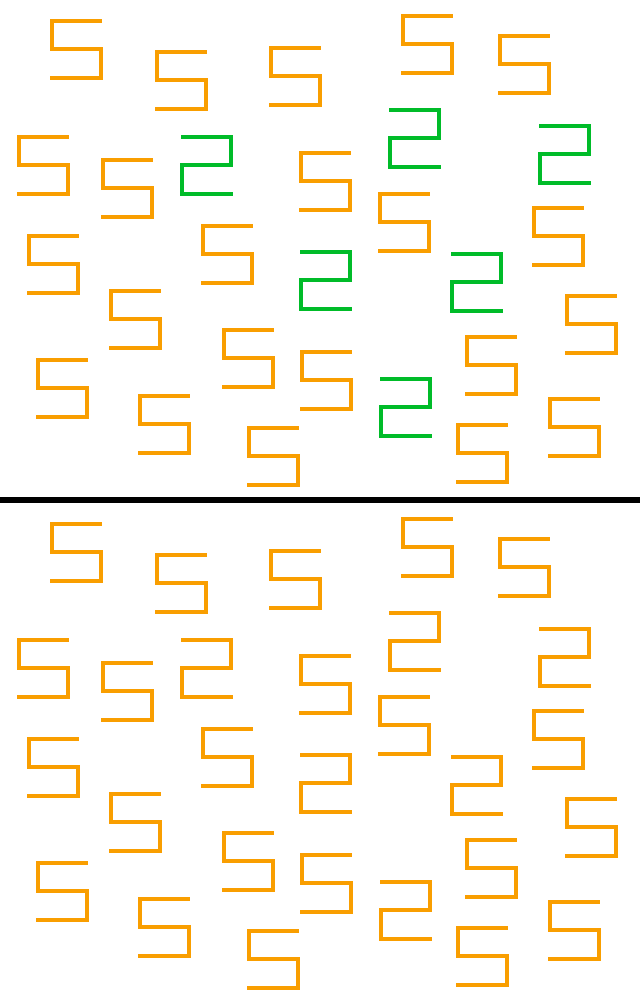© 2018 All Rights Reserved. Do not distribute or repurpose this work without written permission from the copyright holder(s).
Printed from https://www.damninteresting.com/curio/the-colors-of-numbers/

Synesthesia is a neurological phenomenon in which certain sensory concepts are strongly linked to each other in seemingly random but persistent ways. Though the pairings are unique to each individual and can cover any type of sensation from sound to touch to emotion, the most commonly-reported type is grapheme-color synesthesia, or connecting letters and numbers to particular hues. A patient with synesthesia may associate the number 3 with the color blue, for example, to the degree that he or she reports seeing all 3s as blue regardless of what shade they may actually be written in.
Opponents, however, have argued that these may be nothing more than accidental mnemonics, or simple memory associations of a forgotten origin. Toddlers often play with magnetic alphabet sets, for example, and who can say whether the capricious color choices of a toy manufacturer are not really at the root of an adult who claims to see the letter A as red? Modern fMRI scans have allowed researchers to visualize the activated areas of the brain and prove the existence of synesthesia, but the expense and time for these scans is still prohibitive for large-scale studies. Instead, one of the foremost synesthesia researchers, Jamie Ward, has created a number of simple tests to quickly identify true “synesthetes,” who are now known make up a little over 1% of the population (though not all of those are of the grapheme-color variety.)
Consider the image to the right. It is immediately obvious to the average person that the “number 2s” in the upper picture are arranged roughly in a triangle shape, even when the picture is only flashed in front of his or her eyes for as little as half a second. This is due to the visual cortex’s extremely refined ability to distinguish color. Take away that distinction, as in the second version of the image below, and it becomes nearly impossible to pick out the 2s among the 5s, certainly not with anything approaching the same reaction time. But if, Ward reasoned, a supposed synesthete were truly seeing numbers as colors, and not just remembering some faint echo of childhood, then the visual cortex should be activated, and the black-and-white numbers should jump off the page as easily as they do for the average individual when colored. A synesthete should always see each 2 as clearly as the rest of us see a red apple among a pile of greens.
It worked. With tests similar to this, Ward and his colleagues have been able to confirm grapheme-color synesthesia in a large number of individuals. The subjects’ ability to discriminate between impossibly jumbled symbols within fractions of a second is well above the 99th percentile, and proves their extra neurological wiring without the need for expensive brain scans. Armed with this information, researchers have been able to focus on more targeted studies, such as the heritability of synesthesia and the fluctuations in sensation over the lifetime of the patient, without worrying about the integrity of their patient population.
© 2018 All Rights Reserved. Do not distribute or repurpose this work without written permission from the copyright holder(s).
Printed from https://www.damninteresting.com/curio/the-colors-of-numbers/
Since you enjoyed our work enough to print it out, and read it clear to the end, would you consider donating a few dollars at https://www.damninteresting.com/donate ?